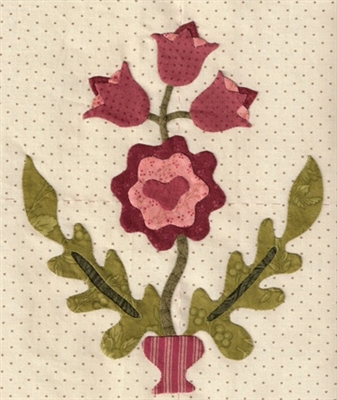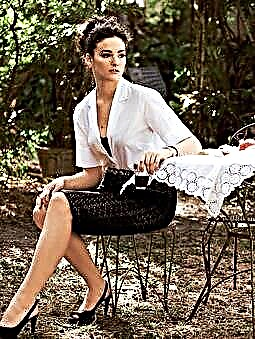What sizes of models are presented in the magazine, how to correctly determine your size, how to work with patterns, symbols, as well as sewing tips - in our material for your convenience.

New format of electronic patterns
The format of electronic patterns of our Dutch colleagues is slightly different from the usual Burda pattern format. The main difference is that the pattern is represented by one file, which contains both the pattern itself and the sewing instructions in Dutch. Each pattern also has sewing instructions translated into Russian. Simply put, downloading the pattern, you get one file with the original pattern and another one with the description of sewing in Russian.
In addition, in each issue of the magazine we will offer one free children's pattern for free download on the website!
Now you can completely free download a pattern of a children's park.
We will be grateful if after working with the new format of electronic patterns you can tell us about your impressions. You can share your opinion in the comments to this article or send an email to [email protected] (Subject: New format for patterns).
Dimensions Burda Extra
✂ All patterns of models in the magazine are presented in sizes 34−54.Some models marked with special markings are presented in sizes S (34−36), M (38−40), L (42−44), XL (46−48), XXL (50−52), XXXL (52−54 )

Burda Extra Size Chart

Conventions for Burda Extra Models

How to work with Burda Extra patterns

It is important!

When sewing a product by default:
✂ Before cutting parts from materials, add allowances for seams along all sections.
✂ Before sewing a product from an unfamiliar material, it is necessary to test its sewing properties, select the corresponding needles, threads, parameters of manual and machine stitches, ironing modes.
✂ Before making permanent stitches, parts must first be chopped off and / or swept away (sweep, sweep, sweep, sweep).
✂ Remove all pins and temporary stitches from the seams after completing permanent stitches.
✂ All sections of parts, except for products with a lining stitched on the bottom, must be sewn during processing (before or after joining sections of parts).
Slices are sewn either on the overlock (preferably) or on a household sewing machine in a zigzag stitch.
In products made of materials that do not crumble on sections, sections of parts can be cut with zigzag scissors.
Slices of parts of leather products, suede (natural and artificial) and similar materials are not processed.
✂ The product must be subjected to wet-heat (ironing) processing during sewing (after each operation) and at the end of work, before sewing accessories.
✂ Before connecting the lining to the product, the size and shape of the product must be clarified.
The finished lining should not be visible at the bottom of the product and the sleeves, that is, it should not sag, the lining also should not tighten (deform) the product.
✂ When joining parts made of elastic fabrics, you should use elastic stitching: a narrow zigzag stitch, a special elastic stitch (if your sewing machine is equipped with this function), or you can join the sections of the parts on the overlock.
In addition, when connecting parts of products from knitted fabrics, a special machine needle with a spherical sharpening of the blade should be used.
Source and illustration: Burda Extra 2/2020



